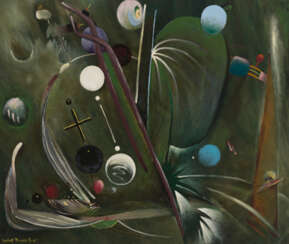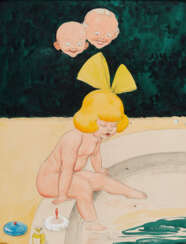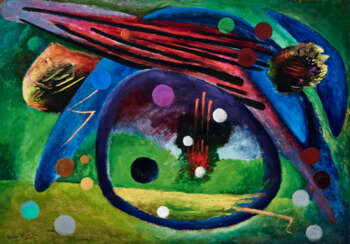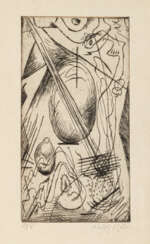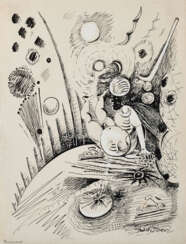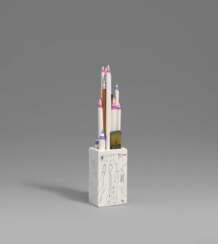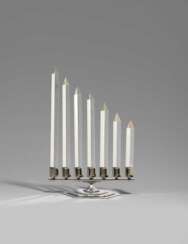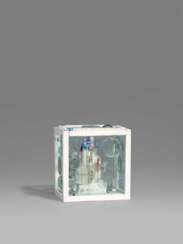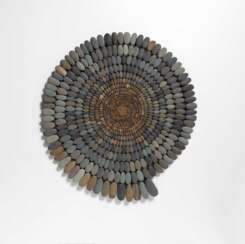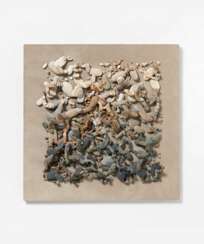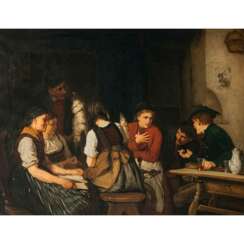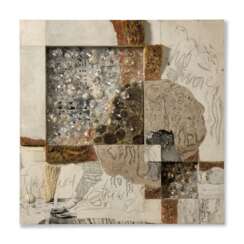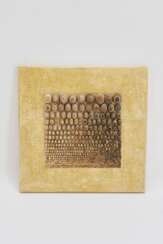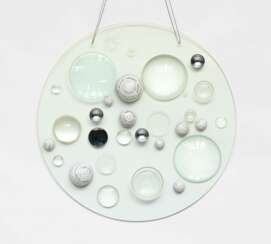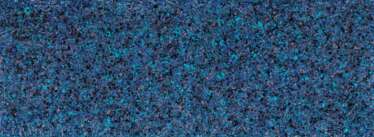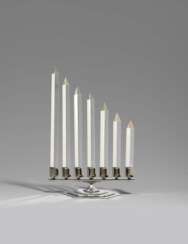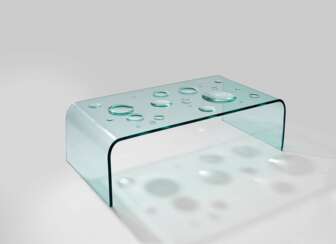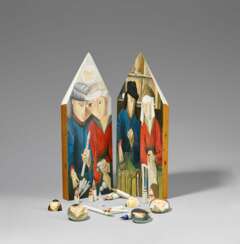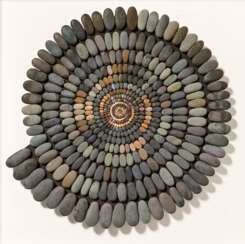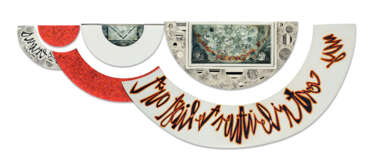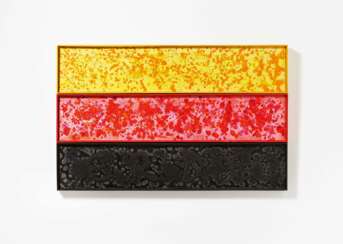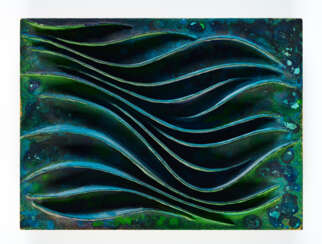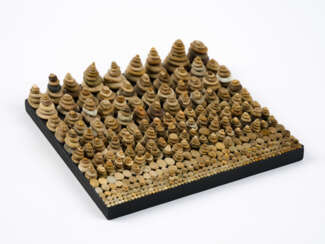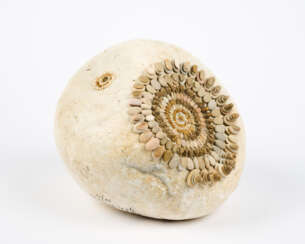bauer
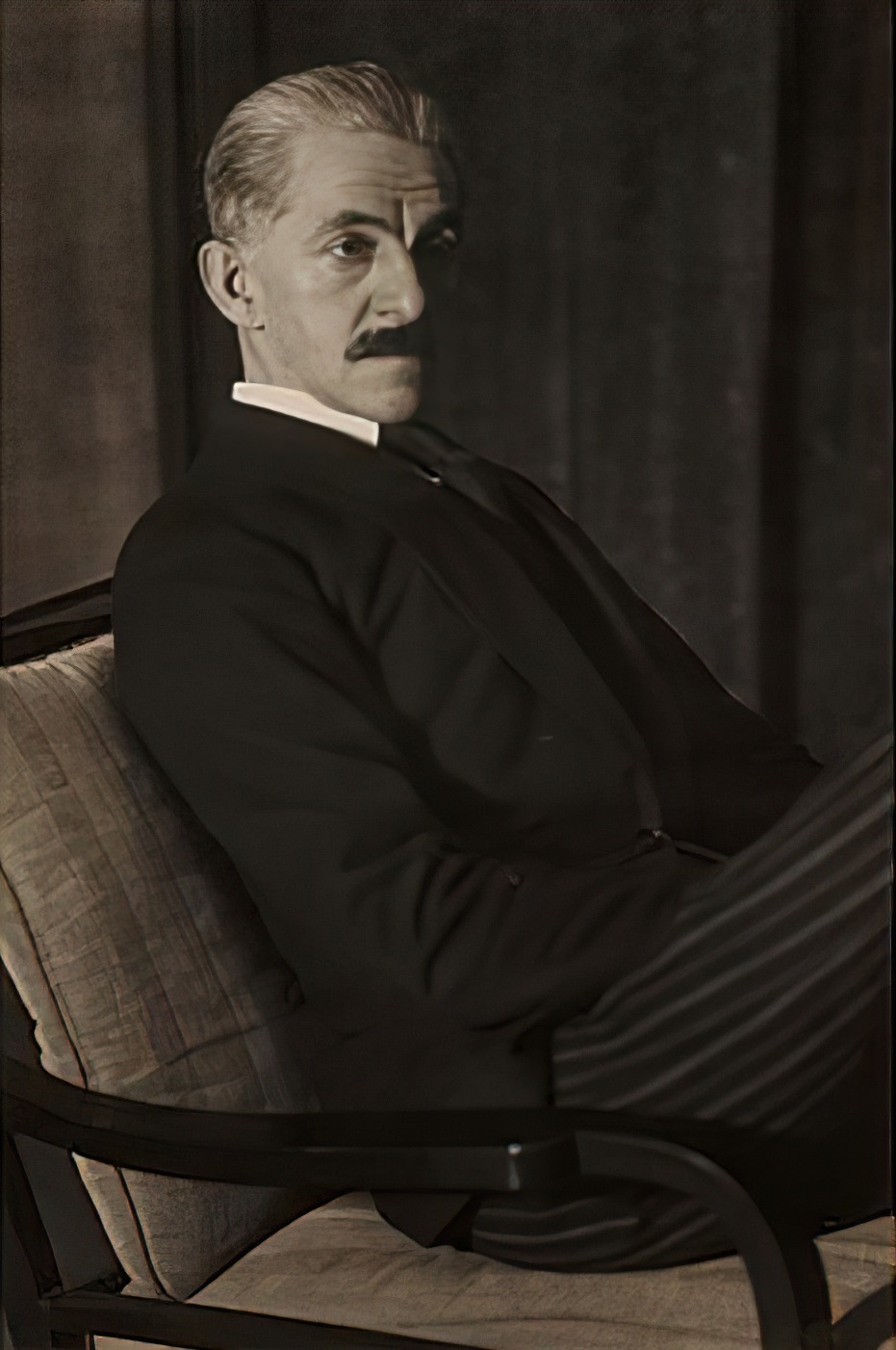
Alexander Georg Rudolf Bauer was a German-born painter who was involved in the avant-garde group Der Sturm in Berlin, and whose work would become central to the non-objective art collection of Solomon R. Guggenheim.


Alexander Georg Rudolf Bauer was a German-born painter who was involved in the avant-garde group Der Sturm in Berlin, and whose work would become central to the non-objective art collection of Solomon R. Guggenheim.


Alexander Georg Rudolf Bauer was a German-born painter who was involved in the avant-garde group Der Sturm in Berlin, and whose work would become central to the non-objective art collection of Solomon R. Guggenheim.


Alexander Georg Rudolf Bauer was a German-born painter who was involved in the avant-garde group Der Sturm in Berlin, and whose work would become central to the non-objective art collection of Solomon R. Guggenheim.
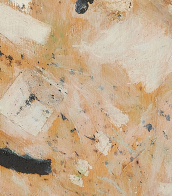

Alexander Georg Rudolf Bauer was a German-born painter who was involved in the avant-garde group Der Sturm in Berlin, and whose work would become central to the non-objective art collection of Solomon R. Guggenheim.
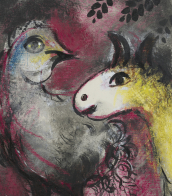

Alexander Georg Rudolf Bauer was a German-born painter who was involved in the avant-garde group Der Sturm in Berlin, and whose work would become central to the non-objective art collection of Solomon R. Guggenheim.


Alexander Georg Rudolf Bauer was a German-born painter who was involved in the avant-garde group Der Sturm in Berlin, and whose work would become central to the non-objective art collection of Solomon R. Guggenheim.


Alexander Georg Rudolf Bauer was a German-born painter who was involved in the avant-garde group Der Sturm in Berlin, and whose work would become central to the non-objective art collection of Solomon R. Guggenheim.
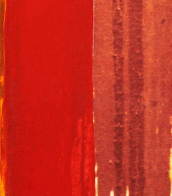
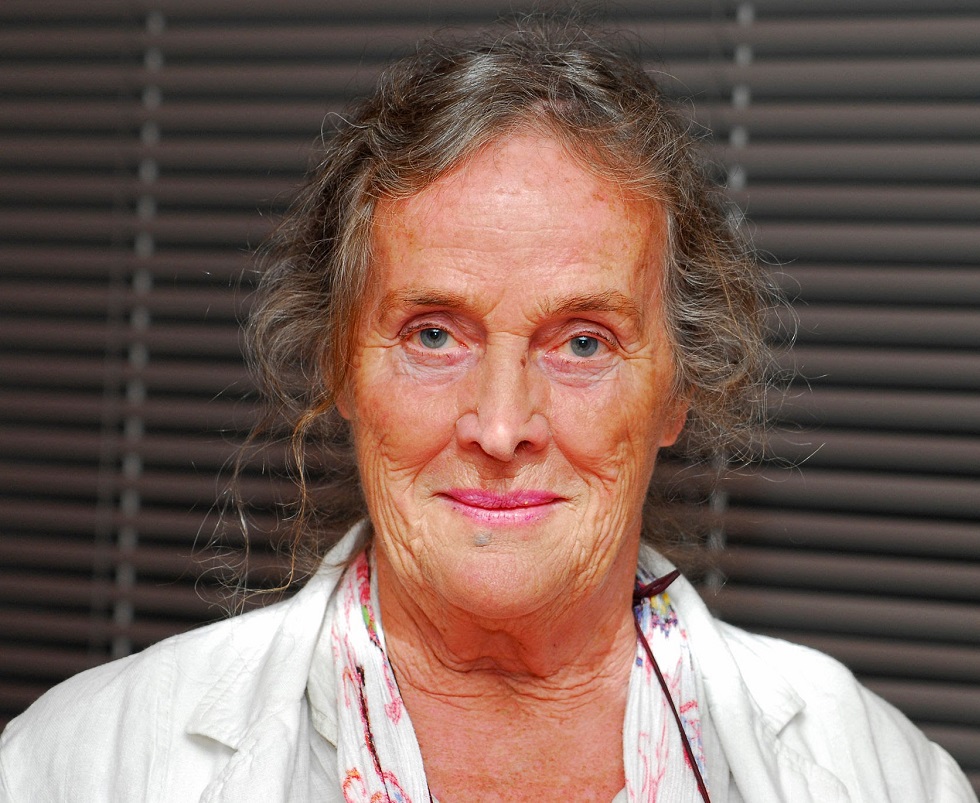
Mary Hildegard Ruth Bauermeister was a German artist who worked in sculpture, drawing, installation, performance, and music. Influenced by Fluxus artists and Nouveau Réalisme, her work addresses esoteric issues of how information is transferable through society. Beginning in the 1970s, her work concentrated on the themes surrounding New Age spirituality, specifically geomancy, the divine interpretation of lines on the ground.


Mary Hildegard Ruth Bauermeister was a German artist who worked in sculpture, drawing, installation, performance, and music. Influenced by Fluxus artists and Nouveau Réalisme, her work addresses esoteric issues of how information is transferable through society. Beginning in the 1970s, her work concentrated on the themes surrounding New Age spirituality, specifically geomancy, the divine interpretation of lines on the ground.


Mary Hildegard Ruth Bauermeister was a German artist who worked in sculpture, drawing, installation, performance, and music. Influenced by Fluxus artists and Nouveau Réalisme, her work addresses esoteric issues of how information is transferable through society. Beginning in the 1970s, her work concentrated on the themes surrounding New Age spirituality, specifically geomancy, the divine interpretation of lines on the ground.


Mary Hildegard Ruth Bauermeister was a German artist who worked in sculpture, drawing, installation, performance, and music. Influenced by Fluxus artists and Nouveau Réalisme, her work addresses esoteric issues of how information is transferable through society. Beginning in the 1970s, her work concentrated on the themes surrounding New Age spirituality, specifically geomancy, the divine interpretation of lines on the ground.


Mary Hildegard Ruth Bauermeister was a German artist who worked in sculpture, drawing, installation, performance, and music. Influenced by Fluxus artists and Nouveau Réalisme, her work addresses esoteric issues of how information is transferable through society. Beginning in the 1970s, her work concentrated on the themes surrounding New Age spirituality, specifically geomancy, the divine interpretation of lines on the ground.

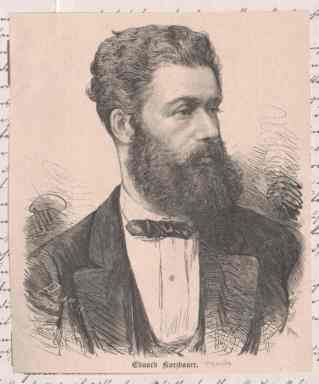
Eduard Kurzbauer was a German-Austrian painter of the second half of the 19th century. He is known as a painter-genre painter, researcher of folk life.
Kurzbauer became known to the public while still an apprentice through his painting The Storyteller. He was admitted to the Piloti Studio in Munich, where he mastered the technique of painting. The following famous paintings of the artist, such as "Caught up fugitives", "Rejected Groom", "Village Feast", "Wine Trial", "Unfounded Jealousy" and others, are characterized by the vitality of the composition, expressiveness of faces, fresh colors and sensuality of color and give a special charm to the themes of folk life.
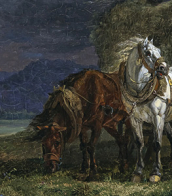

Mary Hildegard Ruth Bauermeister was a German artist who worked in sculpture, drawing, installation, performance, and music. Influenced by Fluxus artists and Nouveau Réalisme, her work addresses esoteric issues of how information is transferable through society. Beginning in the 1970s, her work concentrated on the themes surrounding New Age spirituality, specifically geomancy, the divine interpretation of lines on the ground.
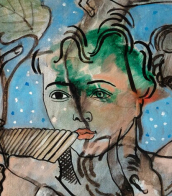

Mary Hildegard Ruth Bauermeister was a German artist who worked in sculpture, drawing, installation, performance, and music. Influenced by Fluxus artists and Nouveau Réalisme, her work addresses esoteric issues of how information is transferable through society. Beginning in the 1970s, her work concentrated on the themes surrounding New Age spirituality, specifically geomancy, the divine interpretation of lines on the ground.
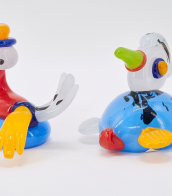

Mary Hildegard Ruth Bauermeister was a German artist who worked in sculpture, drawing, installation, performance, and music. Influenced by Fluxus artists and Nouveau Réalisme, her work addresses esoteric issues of how information is transferable through society. Beginning in the 1970s, her work concentrated on the themes surrounding New Age spirituality, specifically geomancy, the divine interpretation of lines on the ground.


Mary Hildegard Ruth Bauermeister was a German artist who worked in sculpture, drawing, installation, performance, and music. Influenced by Fluxus artists and Nouveau Réalisme, her work addresses esoteric issues of how information is transferable through society. Beginning in the 1970s, her work concentrated on the themes surrounding New Age spirituality, specifically geomancy, the divine interpretation of lines on the ground.


Mary Hildegard Ruth Bauermeister was a German artist who worked in sculpture, drawing, installation, performance, and music. Influenced by Fluxus artists and Nouveau Réalisme, her work addresses esoteric issues of how information is transferable through society. Beginning in the 1970s, her work concentrated on the themes surrounding New Age spirituality, specifically geomancy, the divine interpretation of lines on the ground.


Mary Hildegard Ruth Bauermeister was a German artist who worked in sculpture, drawing, installation, performance, and music. Influenced by Fluxus artists and Nouveau Réalisme, her work addresses esoteric issues of how information is transferable through society. Beginning in the 1970s, her work concentrated on the themes surrounding New Age spirituality, specifically geomancy, the divine interpretation of lines on the ground.


Mary Hildegard Ruth Bauermeister was a German artist who worked in sculpture, drawing, installation, performance, and music. Influenced by Fluxus artists and Nouveau Réalisme, her work addresses esoteric issues of how information is transferable through society. Beginning in the 1970s, her work concentrated on the themes surrounding New Age spirituality, specifically geomancy, the divine interpretation of lines on the ground.


Mary Hildegard Ruth Bauermeister was a German artist who worked in sculpture, drawing, installation, performance, and music. Influenced by Fluxus artists and Nouveau Réalisme, her work addresses esoteric issues of how information is transferable through society. Beginning in the 1970s, her work concentrated on the themes surrounding New Age spirituality, specifically geomancy, the divine interpretation of lines on the ground.


Mary Hildegard Ruth Bauermeister was a German artist who worked in sculpture, drawing, installation, performance, and music. Influenced by Fluxus artists and Nouveau Réalisme, her work addresses esoteric issues of how information is transferable through society. Beginning in the 1970s, her work concentrated on the themes surrounding New Age spirituality, specifically geomancy, the divine interpretation of lines on the ground.
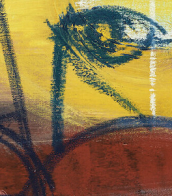

Mary Hildegard Ruth Bauermeister was a German artist who worked in sculpture, drawing, installation, performance, and music. Influenced by Fluxus artists and Nouveau Réalisme, her work addresses esoteric issues of how information is transferable through society. Beginning in the 1970s, her work concentrated on the themes surrounding New Age spirituality, specifically geomancy, the divine interpretation of lines on the ground.
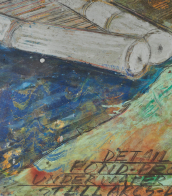

Mary Hildegard Ruth Bauermeister was a German artist who worked in sculpture, drawing, installation, performance, and music. Influenced by Fluxus artists and Nouveau Réalisme, her work addresses esoteric issues of how information is transferable through society. Beginning in the 1970s, her work concentrated on the themes surrounding New Age spirituality, specifically geomancy, the divine interpretation of lines on the ground.


Mary Hildegard Ruth Bauermeister was a German artist who worked in sculpture, drawing, installation, performance, and music. Influenced by Fluxus artists and Nouveau Réalisme, her work addresses esoteric issues of how information is transferable through society. Beginning in the 1970s, her work concentrated on the themes surrounding New Age spirituality, specifically geomancy, the divine interpretation of lines on the ground.


Mary Hildegard Ruth Bauermeister was a German artist who worked in sculpture, drawing, installation, performance, and music. Influenced by Fluxus artists and Nouveau Réalisme, her work addresses esoteric issues of how information is transferable through society. Beginning in the 1970s, her work concentrated on the themes surrounding New Age spirituality, specifically geomancy, the divine interpretation of lines on the ground.
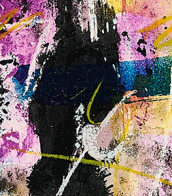

Mary Hildegard Ruth Bauermeister was a German artist who worked in sculpture, drawing, installation, performance, and music. Influenced by Fluxus artists and Nouveau Réalisme, her work addresses esoteric issues of how information is transferable through society. Beginning in the 1970s, her work concentrated on the themes surrounding New Age spirituality, specifically geomancy, the divine interpretation of lines on the ground.


Mary Hildegard Ruth Bauermeister was a German artist who worked in sculpture, drawing, installation, performance, and music. Influenced by Fluxus artists and Nouveau Réalisme, her work addresses esoteric issues of how information is transferable through society. Beginning in the 1970s, her work concentrated on the themes surrounding New Age spirituality, specifically geomancy, the divine interpretation of lines on the ground.
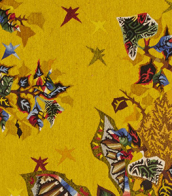

Mary Hildegard Ruth Bauermeister was a German artist who worked in sculpture, drawing, installation, performance, and music. Influenced by Fluxus artists and Nouveau Réalisme, her work addresses esoteric issues of how information is transferable through society. Beginning in the 1970s, her work concentrated on the themes surrounding New Age spirituality, specifically geomancy, the divine interpretation of lines on the ground.





